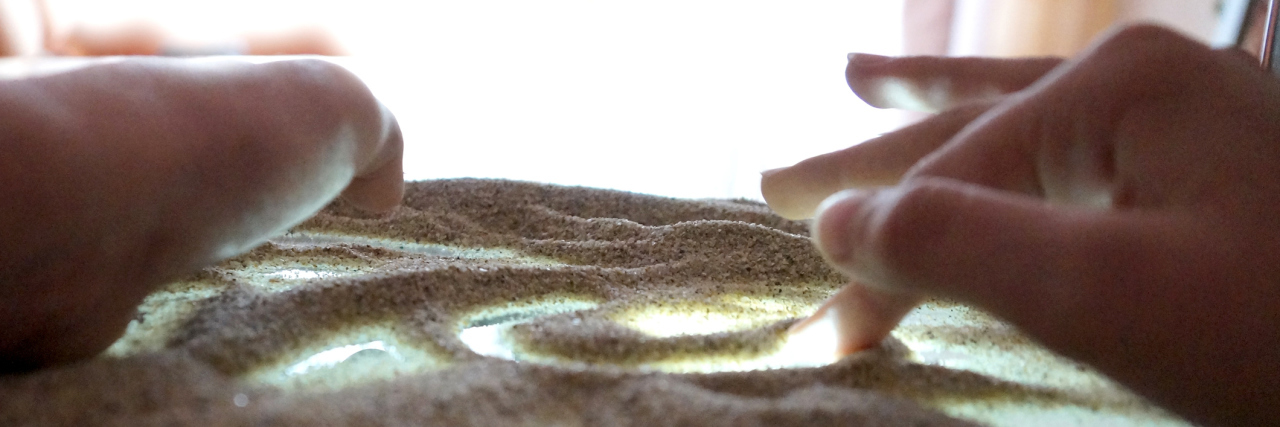I engaged in different types of stimming as a child and adult, such as rocking, clapping, hair picking, pacing, counting, repeating a song or line from a movie, and watching/reciting a scene from a movie repeatedly. While I have been doing these things as far back as I can remember, I didn’t know it was stimming until I was diagnosed with autism at 30 years old.
Before that, my stimming behaviors were not well understood, by myself or others, and were responded to in different ways. I became afraid to stim at home and in public places and I didn’t realize the negative impact refraining from stimming had on me until after my diagnosis. Through therapy, I learned that even though there is still a lot of stigma around the topic of stimming, the benefits for me are large because of how it helps me navigate life.
As an autistic adult, stimming helps me with my emotions, including excitement and fear; it helps me be productive with my work and daily tasks; it helps me process and communicate about topics that are challenging; and it helps me be aware of when I am triggered. There are many different types of stimming that people of all ages on the autism spectrum use that helps them, such as physical, auditory, visual, tactile, verbal, and more. The types of stimming used and how it is helpful depends on the individual.
That’s why we asked people in our Mighty autism community to share a specific “type” of stimming that helps you as an autistic adult — what do you do, and how does it help you?
Here’s what our community shared with us:
- “Every time when I go to sleep I can’t stop shaking my feet.” — Emma B.
- “I rub the top of my fingernail with another finger to calm down.” — Crystal R.
- “As an autistic adult stimming is how I process not just my environment, but my internal experience too. It’s like breathing. It’s how I move my body from place to place and how I give my mind the input it needs in order to think. Like Mary Poppins sang… a spoonful of sugar helps the medicine go down, ‘stimming’ is the sugar that helps my brain process and assimilate all the necessary information.” — Holly H.
- “My son rubs his ears.” — Barbara R. P.
- “I teeter back and forth, shifting weight from one foot to another (kinda like you would move if holding a baby). My family calls it ‘nervous energy’. It really helps me focus on what’s going on around me.” — Jenny R.
- “Pressure stimming. Squeezing my joints repetitively, locking my joints. Tactile stimming, rubbing the insides of my fingers.” — Blair E. V.
- “Hold my service dog and nod my head on her fur. It comforts me and it actually prevents me from doing other stimming habits.” — Jay P.
- “I’m not autistic but I have PTSD and I stim by thumb sucking and pacing.” — Chrissy K.
How do you stim? Let us know in the comments!
Header image via Annadokaz/Getty Images

